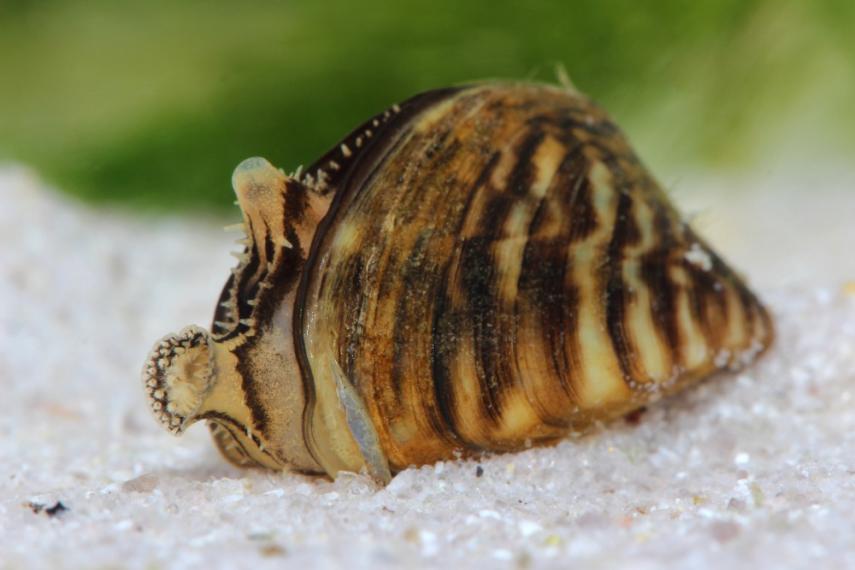Modelling Invasive Zebra Mussels

Finding better ways to monitor Zebra mussel activity can improve ecosystem management
Zebra and Quagga mussels are highly invasive with serious ecological and economic impacts on the Great Lakes. They disrupt ecosystems by altering nutrient pathways, changing aquatic landscapes and facilitating the growth of nuisance algae. They have also been known to cause severe infrastructure damage such as clogging drainage pipes.
To inform remediation strategies, understand the impacts, and ultimately limit the presence of invasive mussels in the Great Lakes, we need to understand the number of individual mussels and their weight in specific test locations (i.e., density). The current methods to develop these muscle “density maps” rely on manual sampling from scuba divers. However, the resulting maps are often incomplete due to limitations of human data collection (such as time); they do not accurately reflect the true spread of the mussels.
Underwater imagery can help map mussel abundance
University of Guelph engineering professors, Drs. Graham Taylor, Medhat Moussa, PhD student Angus Galloway and their team, developed an automatic and accurate way to estimate Zebra mussel density in the Great Lakes using a type of artificial intelligence called deep learning. Deep learning is the process of providing a program with information and allowing the program to decide what is relevant, imitating the way that the human brain processes information and defined by the use of multiple layers within the pathway from input (image) to prediction (mussel density). The program increases its accuracy the more information it is given. For example, providing the model with 500 pictures of a stop sign and then having it identify stop signs present in new photos.
For this new study, a team of scuba divers visually inspected the lakebed from the shallow waters of Northeastern Lake Erie and Western Lake Ontario for mussel coverage. They then harvested the mussels for abundance and biomass calculations while collecting images and live video. The images and live video captured the presence of algae, mussels and sediment at each sampling location.
Taylor, Moussa, Galloway and team used the images and video to manually estimate mussel density, then compared their results to the scuba divers’ in-water visual inspection. They used information from both parties to train the model to conduct these calculations, but at a much faster rate than would ever be possible by people. This model scans digital images and provides each pixel with a label (i.e., Zebra mussel). The model’s accuracy is 85 per cent and it will continue to improve over time.
The future of invasive mussel management
The team’s breakthrough model can be used to automatically quantify Zebra mussel coverage, abundance and weight from a series of images taken from sample locations. It is not only significantly faster than labour-intensive manual counting by people, but also more accurate and cost effective. It will provide researchers with the information they need to develop and implement better approaches to manage invasive species.
“Our method may extend beyond mussel prediction in the Great Lakes,” says Taylor. “For example, it has the potential to accurately assess coral distribution, and collect and categorize data regarding benthic (low-level) organisms and their habitats.”

Dr. Graham Taylor is a Professor, Canada CIFAR AI Chair and Canada Research Chair in Machine Learning in the School of Engineering.

Dr. Medhat Moussa is a Professor in the School of Engineering.
This work was supported by Environment and Climate Change Canada. The authors acknowledge Compute Canada, Nvidia, and Google Colab for computing resources.
Galloway A, Brunet D, Valipour R, McCusker M, Biberhofer J, Sobol M, Moussa M and Taylor G. Predicting dreissenid mussel abundance in nearshore waters using underwater imagery and deep learning. Limnol and Oceanogr-Meth. 2022 Mar 7. DOI: 10.1002/lom3.10483.